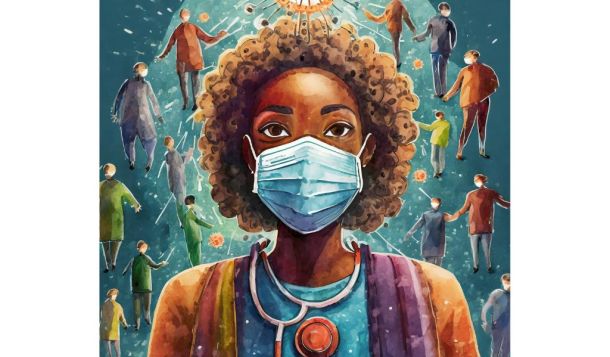What is harm as we know it?

Simply put, harm is the negative effect which patients experience as a result of health care or treatment in any type of setting (i.e. hospital, emergency room, home, long-term care, other) and from different care providers.
Patients see harm differently than do healthcare professionals.
Patients or their family/caregiver may see, hear, feel or know that something may be wrong or getting worse with the care and treatment received before care providers do.
TYPES OF HARM EXPERIENCED
Most people think about physical harm when we talk about harm in healthcare. However, we know harm is more than physical – it is also
- emotional or psychological
- spiritual
- cultural or social
The negative effect of health care or treatment can be seen or felt in more than one type of harm. For example, not only does physical harm result in long-term impairments or possibly death, but it can have long term emotional or psychological impacts including post-traumatic stress, feeling unsafe and vulnerable, anger and frustration, hurt and grief.
WHY IT OCCURS – CAN WE IDENTIFY ALL POSSIBLE CAUSES OF HARM?
We know that health care (including diagnosis) and treatment (such as specific treatment for conditions, medications, surgery or other procedures), are not without risk. But most risk and harm in healthcare are preventable.
There are many causes of harm such as:
- Health system resources – e.g. staff shortages; funding; access to medical records; wait times
- Equipment – e.g. mechanical issues; training to use equipment properly and safely
- Human factors – e.g. miscommunication with patients or between care providers; exchange of information
- Patients and family or caregivers say they are not being listened to – e.g. when they see or experience and point out that signs or symptoms are getting worse for them or loved ones.
- Missed or delayed diagnosis – e.g. delayed tests or getting test results
- Wrong diagnosis
- Failure to provide appropriate treatment or follow up on treatment – e.g. medication errors, pressure injuries or infections.

WHAT CAN WE DO TO PREVENT HARM?
We propose that patient safety should first focus on potential risks and preventing harm within the patient journey.
Visit our resources page for guidance and ask questions about your care, treatment, diagnosis, possible risks and follow-up.
If harm occurs, then your focus should be on understanding what happened and why. It should also include finding out what changes are being made or put into place to prevent it from happening again.



